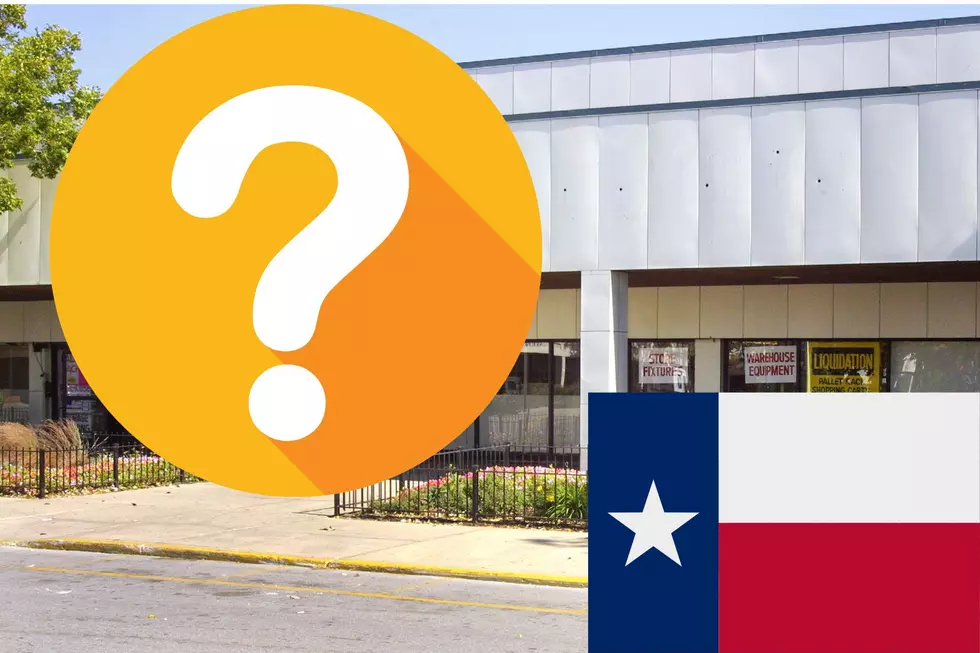![Salado’s Heritage Is Undeniable [PHOTOS]](http://townsquare.media/site/514/files/2016/05/stagecoach-inn1.jpg?w=630&h=420&zc=1&s=0&a=t&q=89&w=980&q=75)
Salado’s Heritage Is Undeniable [PHOTOS]
The first record of settlers in the area occurred in 1834 however by 1836 pioneer settlers abandoned the area due to frequent Indian attacks and invasion by General Santa Anna and the Mexican Army. From 1866 till 1885, the famous Chisholm Trail cattle drove passed through this area.
In the 1860s, Salado built a wire cable suspension bridge, first in this county, which allowed travelers to cross the Salado Creek until the flood of 1900. By 1884 Salado had a population of 900, seven churches, 14 stores, two hotels, two blacksmiths, and three cotton gins.
However, after the railroads bypassed Salado to the North and South, trade moved away from the town and population began to dwindle, hitting 400 by 1914 and down to 200 by 1950. The amazing historic heritage can be seen in the remaining landmarks along the original Main Street of Salado.
- 1
Anderson House
Built in 1860 by James B. Anderson, one of the town's founders and a school trustee in Salado. Community leaders, lawyers, and doctors have lived here.
- 2
Anderson Store
Built in 1860. Since 1963, the store has been used for a law office, saloon, stage stop, and art.
- 3
George Washington Baines
George Washington Baines was the father of Joseph Wilson Baines who was the father of Rebekah Baines, mother of Lyndon B. Johnson. A Baptist minister, Rev. Baines had been president of Baylor University and traveled for the Baptist State Convention when he built this house around 1866.
- 4
Norton-Orgain House
Built around 1872 by Edward R.A. Buckles. Residing here only a short time, Edward Buckles sold the house in 1873 to Colonel Nimrod Lindsay Norton and his wife Mary (Hall). Colonel Norton, a Confederate veteran, was active in agricultural activities during his residence in Salado and was a charter member of the local grange. He was also a member of the Capitol Building Commission. In 1882, Colonel Norton sold the property to John and Kate (Galvin) Orgain, prominent educators in Salado for many years. John served as County School Superintendent; Kate taught at Salado College and Thomas Arnold High School and was a published author. The Orgains resided here until 1907.
- 5
Salado College
Built in 1859, Salado College was established as one of the first co-educational institutions of higher education at a time when most colleges were only for the wealthy and men. Unfortunately, fires destroyed Salado College, the last one in 1924, but ruins still remain and are available for tours.
- 6
Captain Robert Halley House
Captain Robert B. Halley built this house in 1860 the same year he was a delegate to the Democratic Convention in Galveston. He organized the Salado Mounted Troops, a quasi-ranging company, at the start of the Civil War. This was the first organization of its kind in Bell County and among the first in Texas. It currently is a bed and breakfast called The Halley House.
- 7
Stagecoach Inn
Stagecoach Inn opened in 1861 as the Shady Villa Hotel. Before closing down for renovations in 2015, it was the oldest, continuously operating hotel in Texas. Guests of the Inn have included Sam Houston, Robert E. Lee, George Custer, Shanghai Pierce, Sam Bass and Jesse James.
- 8
Tyler House
Built in 1857 by Orville Thomas Tyler. Tyler was a Pioneer Texan, County Judge, Member of the Legislature, and president of the Board of Trustees of Salado College.
- 9
Boles-Aiken Log Cabin
Built in the 1850s, the cabin was discovered in 1986 inside a house being torn down on Center Center in Salado. It is thought to have been a stage stop before becoming hidden in a residence.
- 10
William Reed House
William Whitaker Reed was a Tennessee native and a pioneer in the settlement of Bell County. The house which Reed built in 1850 was restored and relocated in 2008 as the Salado Visitor's Center. The structure is made of hand-hewn oak logs cut from the bottoms of the Little River. The house was windowless except for small openings from which to fire a gun. It was designed for both shelter and security at a time when attacks from Indians was abundant.
More From KUSJ-FM









